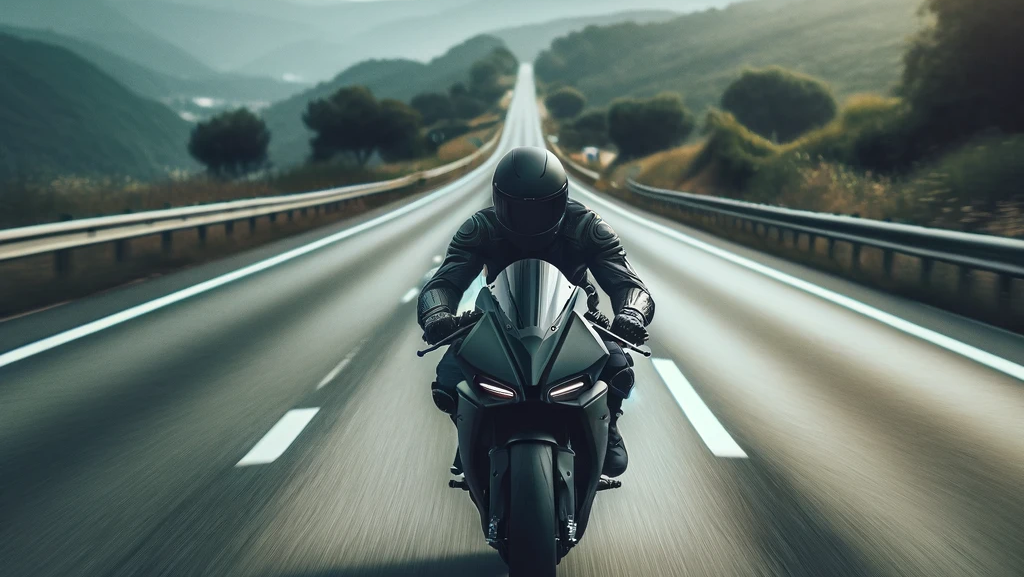Building a custom motorbike is an exhilarating venture that combines creativity, technical skill, and a passion for riding. The first step? Choosing the perfect base bike. This decision sets the tone for your entire project, influencing both the aesthetic and mechanical potential of your custom creation. So, how do you pick the right one? Let’s break it down!
Why the Right Base Bike Matters
Choosing the right base bike isn’t just about picking something that looks cool; it’s about ensuring that the foundation of your build can support your vision. A good base bike will have the right balance of reliability, ease of modification, and availability of parts. Here are the key considerations:
Budget Considerations
First things first: what’s your budget? Customizing a motorbike can get expensive, so it’s crucial to set a clear budget from the start. Consider not just the cost of the base bike, but also the additional expenses for parts, tools, and any professional services you might need. Here’s a breakdown:
- Base Bike: Prices can range from $500 for an old, well-used model to $10,000 for a newer, high-performance bike.
- Parts and Modifications: Depending on your customization level, this can range from a few hundred to several thousand dollars.
- Tools and Equipment: Essential for any DIYer. Budget for items like wrenches, lifts, and specialty tools.
- Professional Services: If you need help with painting, welding, or engine work, factor in these costs as well.
Popular Base Bike Models
Certain models are favorites in the custom motorbike community due to their versatility and ease of modification. Here are some popular choices:
- Honda CB Series: Known for their reliability and classic look, CB bikes are a top choice for café racer and scrambler builds.
- Yamaha XS650: A solid pick for chopper enthusiasts, the XS650 offers a straightforward design that’s easy to work on.
- Suzuki SV650: This bike’s V-twin engine and adaptable frame make it a favorite for various custom styles, including streetfighters and trackers.
- Harley-Davidson Sportster: The go-to for many custom builders, especially those aiming for a bobber or chopper look.
- BMW R Series: Perfect for those looking to create a rugged, adventure-ready bike, the R series offers a distinct boxer engine and shaft drive.
Evaluating Potential Bikes
Once you have a few models in mind, it’s time to evaluate specific bikes. Here are some tips:
- Condition: Look for bikes with a solid frame and engine. Cosmetic damage is less important as it can be fixed or modified.
- Mileage: Lower mileage bikes are generally better, but well-maintained high-mileage bikes can also be a good deal.
- Service History: A bike with a documented service history is a safer bet.
- Parts Availability: Ensure that replacement parts are readily available for the model you choose.
Style and Vision
Your vision for the final product plays a big role in choosing the base bike. Different styles of custom motorbikes include:
- Café Racer: Sleek and stylish, these bikes emphasize speed and handling. Ideal base bikes include the Honda CB series and the Yamaha XS650.
- Bobber: Stripped down and minimalist, bobbers often use Harley-Davidson Sportsters or Triumph Bonnevilles.
- Chopper: With extended forks and unique designs, choppers are bold statements. Harleys and Yamahas are popular choices.
- Scrambler: Built for both street and off-road, scramblers are versatile and rugged. BMW R series and Ducati Scramblers are excellent bases.
- Streetfighter: Aggressive and modern, streetfighters focus on performance. The Suzuki SV650 and Honda CBR series are great starting points.
Practical Tips for Choosing Your Base Bike
Here are some practical steps to ensure you choose the best bike for your custom project:
- Research Extensively: Use forums, blogs, and videos to learn about different models and see what others have done.
- Inspect Before Buying: Always inspect a bike in person if possible. Check for rust, leaks, and any signs of neglect.
- Test Ride: If possible, take the bike for a test ride to feel for any issues.
- Network: Join local motorbike clubs or online communities. Fellow enthusiasts can offer valuable advice and may even know of bikes for sale.

